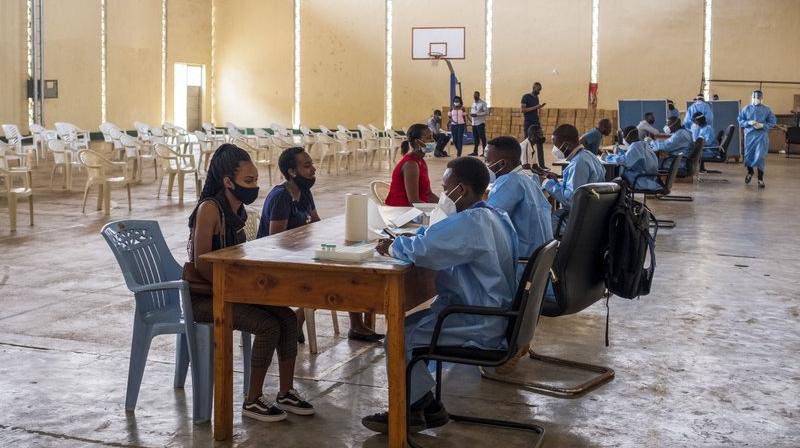Hypercube pool test is a mathematical approach to test a group of people. The algorithm for pooling subsamples based on the geometry of a hypercube has been suggested because at low prevalence, it accurately identifies infected individuals in a small number of tests and rounds of testing.
The testing is believed to be 20 times cheaper than the individual testing.
Using a new mathematical approach to screen large groups for Covid-19 could be around 20 times cheaper than individual testing, a study has suggested.
— Bangalore Mirror (@BangaloreMirror) October 23, 2020
https://t.co/BCHrEgDD5k
It is widely believed that an effective way of dealing with SARS-CoV-2 requires an effective testing method. While the individual tests that are proven to be effective, they are quite expensive which makes it difficult for many countries to make available for every citizen.
The cost reductions can be achieved by pooling or combining subsamples and testing them in groups of 1 to 7.

It is important to strike a balance between increased group size and retained test sensitivity, since sample dilution increases the likelihood of false negatives for individuals with low viral load at the time of the test.
Likewise, minimising the number of tests to reduce costs must be balanced against minimising the time testing takes to reduce the spread of infection. Hence, hypercube pool testing.

The approach is believed to spot outbreaks easier and faster. And initial research from the first field trials in Africa shows that it is highly effective at identifying positive cases when most of the population is negative.
The tests conducted took tiny quantities of individual swabs that were then mixed to create combined samples and then tested. The team showed that a single positive case could still be detected even when mixed with 99 negative swab results.

When the initial tests highlighted that the mixed sample contained positive cases, the researchers then used the algorithm to design a further series of tests.
This enabled them to pinpoint individual positive swab results within the combined sample, making it easy to identify people who are infected. If there were no positive cases in the mixed sample, then no follow-up action was needed.

















